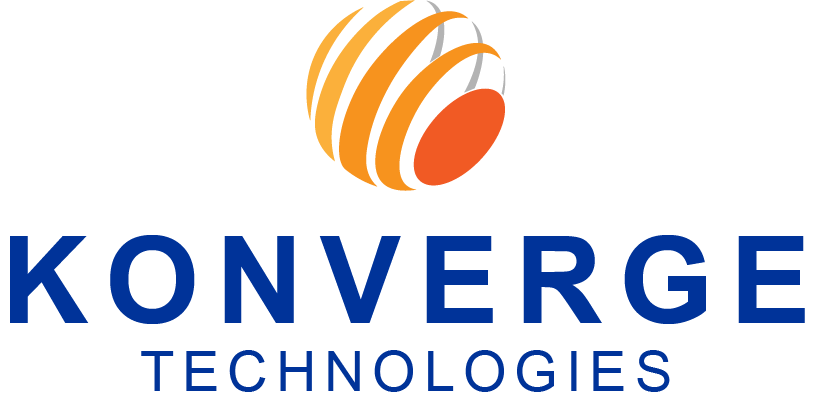
Understanding Data Centers: Types, Functions, and Their Role in IT Infrastructure

In a world where data fuels every business decision, the significance of strong, scalable, and secure IT infrastructure cannot be exaggerated. At the core of such infrastructure is the data center, a vital center that keeps computing capabilities, stores data, and facilitates smooth operations. As commerce moves toward digitalization, it is important to know the types and roles of data centers and how they define IT environments.
What is a Data Center?
A data center is a central building that is utilized to accommodate computer systems and related elements like servers, storage devices, networking hardware, power units, and cooling mechanisms. Data centers are tasked with managing, processing, storing, and distributing data and applications for businesses, governments, and organizations.
Today’s data centers are not merely physical structures. With the progression of virtualization and cloud computing, they now include on-premises hardware and virtualized environments hosted at locations worldwide.
Primary Data Center Functions
Data centers undertake numerous functions that are essential to the digital functions of an enterprise:
Data Storage and Management:
Data centers offer safe storage space for huge amounts of data, making it possible to access data quickly and providing data recovery options.
Business Continuity and Disaster Recovery:
Data centers provide for continuous operations despite hardware failure or cyberattacks using redundancy, backup systems, and failover mechanisms.
Hosting Enterprise Applications:
Enterprise-level applications like ERP, CRM, databases, and custom software are hosted in data centers for secure and uninterrupted usage.
Supporting Cloud Services:
Cloud service providers often host out of large data centers, providing on-demand access to computing capacity and applications.
Network Connectivity:
Data centers serve as a single point of interconnections for networks, connecting companies to ISPs, cloud networks, and remote locations.
Types of Data Centers
Various data centers cater to various organizational requirements. Familiarity with them can assist companies in selecting the appropriate configuration according to size, security, and cost.
Enterprise Data Centers:
Operated and owned by businesses for in-house use, enterprise data centers provide complete hardware and configuration control. Enterprise data centers are generally placed on-premise and are customized to meet the business’s specific needs.
Colocation Data Centers:
Colocation data centers enable companies to lease physical space, power, and cooling for servers. Colocation minimizes infrastructure expense while offering security and connectivity advantages.
Managed Services Data Centers:
In this model, the hardware, software, and operations are handled by a third-party service provider. It provides cost advantages and skills without maintaining in-house IT capabilities.
Cloud Data Centers:
Run by cloud service providers such as AWS, Microsoft Azure, or Google Cloud, these data centers provide virtual services on the internet. They provide scalability, flexibility, and a pay-as-you-go strategy.
Edge Data Centers:
Placed near the sources (devices or users), edge data centers minimize latency and increase performance for applications such as real-time analytics and IoT.
Role of Data Centers in IT Infrastructure
Data centers form the nucleus of contemporary IT infrastructure. They enable:
- Scalability: Companies are able to scale their operations without replacing infrastructure.
- Security: State-of-the-art firewalls, encryption, access controls, and monitoring safeguard mission-critical data.
- Compliance: Data centers can be more effectively managed for compliance with regulatory standards on data protection, such as HIPAA and GDPR.
- Performance Optimization: Data centers provide optimal performance for applications and services with high-speed connectivity and load balancing.
- Integration: Data centers facilitate effortless integration of IT components ranging from storage to virtualization and networking.
With growing dependence on digital platforms and tools by businesses, data centers are the back end that drives innovation, efficiency, and growth.
Why Cisco Data Center Solutions Are at the Forefront
Among all the technologies that drive data centers in today’s era, Cisco Data Center Solutions have become the choice of many organizations. Their simple architecture, software-defined networking (SDN) features, and end-to-end automation make them best suited for changing IT environments.
Cisco Data Center Solutions provide:
- Unified computing with improved resource utilization
- Improved network security and visibility
- Smooth integration with multi-cloud environments
- Scalable architecture to facilitate business growth
- Energy-efficient design of infrastructure
These solutions enable businesses to transform their data centers while optimizing cost, performance, and security.
Final Thoughts
Knowledge of data center types, roles, and significance is imperative for organizations seeking to fortify their IT backbone. Whether it is for application hosting, business continuity, or scaling data, the appropriate strategy for data centers can have a profound impact.
If your company is looking for customized, scalable, and secure data center solutions, Konverge provides next-generation services centered on Cisco Data Center Solutions. With extensive knowledge in designing, implementing, and operating data centers, Konverge enables your infrastructure to be future-proofed, optimized, and optimized to your digital goals.
Recent Posts


What Is a Next Generation Firewall (NGFW) and How Does It Work?


